Our great state of Georgia is home to many indigenous and many transplanted species. The plants, animals, wildlife, and ecology in Georgia are ever-changing. As of right now, there are a few poisonous plants that thrive and are quite prominent in our state’s wilderness. To be aware of these plants could save you hours and possibly even days of discomfort, hospital visits, and regret. Though there are more poisonous plants in Georgia than just this list, a lot of them are able to be touched. The list below is quite untouchable.
Poison Oak (Western and Eastern)
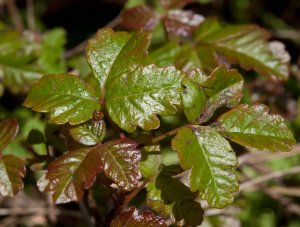
Poison oak is something you may remember from when you were growing up. Maybe a friend or someone at school had it. If you’ve ever had poison oak, you haven’t forgotten about it. The effects of this plant can be long lasting and quite serious. The sap from the western and eastern poison oak, that covers all parts of the plant, is a phototoxic compound. What this means is although you may not feel any ill effects from the sap at first, once the ultraviolet rays essentially activate it, you are going to be in a world of regret. After 12 to 24 hours the affected area will redden, and a day after will have pretty severe blistering. The skin will resemble second-degree burns and the scarring or pigment changes may last for years. Word to the wise: Do NOT ingest this plant.
Poison Sumac
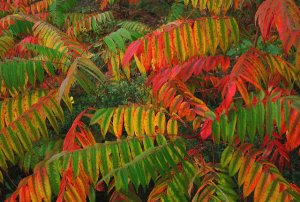
Much like poison oak, poison sumac should be avoided at all costs. This plant can and will form rashes on your skin that are large, painful, and will show evidence of their brutal nature for years to come. Again, Do NOT ingest this plant. It may look pretty, but its bite is far worse than its bark. With the same phototoxic sap or juice, this plant is one you should consider identifying if you’re going to be outside in the wilderness, especially if you’re going to be in humid, possibly swampy areas. Unlike poison ivy and poison oak, poison sumac doesn’t have a very identifiable 3 leaf warning. No, the sumac has a 13-leaflet stem that resembles a fern that may have a hint or red. Beware, this plant can also bear fruit like berries that a cream colored, and can change colors with the seasons.
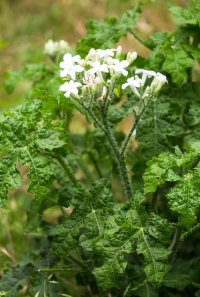
Bull Nettle
Bull Nettle can be approximately 2 feet tall and has white blossoms that appear from mid-spring until late summer. Though it’s pretty, the entire plant is covered with stinging hairs that are so powerful they instill a severe burning sensation immediately after touching them. The stinging sensation will last anywhere from 12 to 36 hours and can potentially be followed by blistering, depending on the severity of the stings.
Stinging Nettle
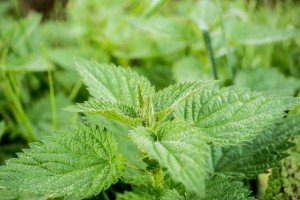
The stinging nettle is quite the interesting plant. It’s edible, yet extremely poisonous. Now, you can’t just go eating stinging nettle leaves off of the vine. The young leaves can be cooked as vegetables and eaten without any worry of poisoning. Once they’re cooked all chemical properties dissipate and are actually quite tasty…so we’ve heard. However, when found in the wilderness, stinging nettle can be pretty painful if it touches your skin. Like the other nettle plants, the stinging nettle is covered with nearly microscopic needles that pierce your skin and leave it itchy, stinging, and sometimes may even develop blisters.
Nettle Tree
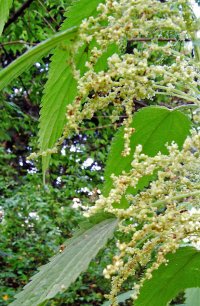
The hairlike “needles” of the nettle tree though thin and wispy, are quite dangerous. These delicate looking follicles are not something you want to even slightly graze your skin. The effects of the nettle tree’s poison not only induce itching and stinging rashes but if severe enough they can cause fever and sleeplessness. These are serious and can be found in many places in the beautiful state of Georgia. Learn to identify and avoid these plants whenever you can. You’ll be glad every time you go on a hike or outdoor jaunt that you eluded this very dangerous plant.
